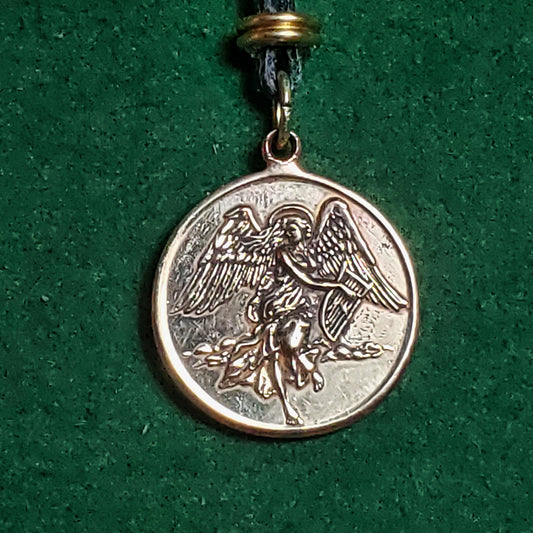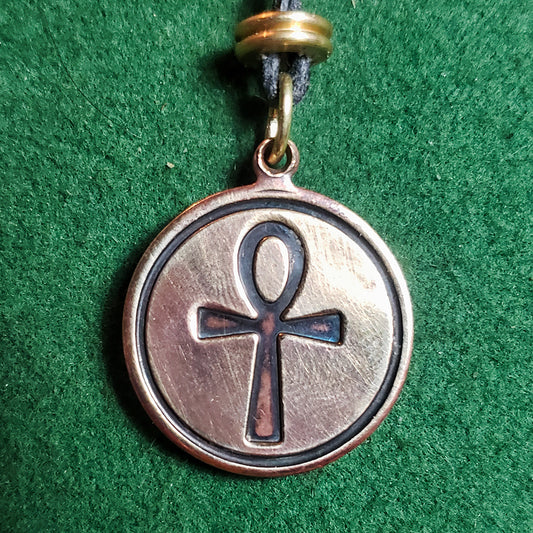The Green Man: A Symbol of Nature and Renewal Through the Ages
Michael Stewart
Share
The Green Man is an enigmatic and enduring symbol that has captivated the human imagination for centuries. Depicted as a face surrounded by leaves, vines, or foliage, this figure is deeply rooted in the human connection to the natural world. It has manifested in art, architecture, literature, and folklore across various cultures and periods, representing the cycle of life, death, and rebirth. In this exploration, we will delve into the rich history of the Green Man, tracing its origins, evolution, and the many roles it has played in human culture throughout history.
The earliest antecedents of the Green Man can be found in the pagan traditions of Europe, particularly during the Celtic and Roman periods. These ancient cultures celebrated the cycles of nature and the changing seasons. The Green Man can be seen as a manifestation of the "Wild Man," a figure often associated with fertility, hunting, and the untamed forces of the natural world. In Celtic mythology, figures such as Cernunnos, a horned god of the forest and animals, share some characteristics with the Green Man.
During the Roman conquest of the Celtic lands, the indigenous traditions merged with Roman beliefs, leading to the development of hybrid deities like Silvanus, a god of the forest and fields, depicted with a head or face surrounded by vegetation. This fusion of cultures contributed to the evolving concept of the Green Man.
As we recognize it today, the Green Man emerged in the medieval period, primarily in Europe. In the Romanesque and Gothic art and architecture of the time, depictions of the Green Man became more prevalent. Sculpted in stone, wood, and manuscripts, this figure was often found adorning cathedrals, churches, and other religious structures.
The Green Man was frequently incorporated into religious iconography in the Christian context, paradoxically coexisting with the dominant religion. He symbolized God's creation and the ever-renewing cycle of life, death, and resurrection. His face, made up of leaves or foliage, represented the vitality and fecundity of nature. Some interpretations also saw the Green Man as a guardian or protector of sacred spaces.
The Renaissance renewed interest in classical antiquity, and the Green Man gained popularity. The symbolism of the Green Man inspired artists and thinkers of the time as a representation of the regenerative power of nature. This renewed fascination with the Green Man can be seen in various works of art, literature, and architecture from the Renaissance onward.
In literature, Robin Hood, a forest-dwelling outlaw, can be seen as a continuation of the Green Man archetype. Robin Hood embodies the spirit of rebellion against authority and a deep connection to the natural world. In Shakespeare's play "A Midsummer Night's Dream," Puck, also known as Robin Goodfellow, is a mischievous woodland sprite with Green Man characteristics.
During the Victorian era, interest in folklore and ancient traditions was revived. This led to a resurgence of the Green Man in art and architecture and a renewed appreciation for the symbolism of nature and renewal. This period saw the Green Man's incorporation into decorative elements of houses, furniture, and gardens.
While the Green Man is most commonly associated with European cultures, similar figures and symbols can be found in other parts of the world. In Hinduism, for example, the deity Shiva is often depicted with a third eye, symbolizing his control over the forces of creation and destruction. This resonates with the Green Man's role as a symbol of the cycle of life, death, and rebirth.
The "tree spirit" concept in Asia is prevalent in various folk traditions. These spirits are believed to inhabit and protect trees, much like the Green Man's association with the vitality of the forest. In Japanese folklore, the Tengu, a mythical creature with a human face and bird-like features, resembles the Green Man in its connection to nature.
Modern Interpretations: Environmentalism and Contemporary Culture
In the modern world, the Green Man has found new relevance and interpretations in the context of environmentalism and ecological awareness. The urgent need to address environmental issues has rekindled an appreciation for the symbology of the Green Man as a reminder of humanity's interdependence with the natural world.
The Green Man has also made its way into popular culture. In literature, the character of Tarzan, created by Edgar Rice Burroughs, embodies the idea of a "wild man" raised in the jungle. The superhero Swamp Thing, created by Len Wein and Bernie Wrightson, is a modern interpretation of the Green Man, emphasizing the connection between humanity and the environment.
In modern Pagan and Neopagan movements, the Green Man is often celebrated as a symbol of the cycle of the seasons and the interconnectedness of all life. Rituals and celebrations honor the changing seasons and the role of the Green Man in the natural world.
The Green Man has journeyed through time, cultures, and belief systems, evolving and adapting to changing social, religious, and environmental contexts. From its ancient roots as a symbol of the untamed forces of nature to its role in medieval Christian art and contemporary environmentalism, the Green Man remains a symbol of the enduring human connection to the natural world. Its evergreen presence serves as a reminder of the cyclical nature of life, death, and rebirth, a theme that resonates with people worldwide. The Green Man is a living symbol, connecting us to our past and inspiring us to care for the planet and the cycle of life it represents.








1 comment
Do you have the ability to do just coins without the loop for the necklace?